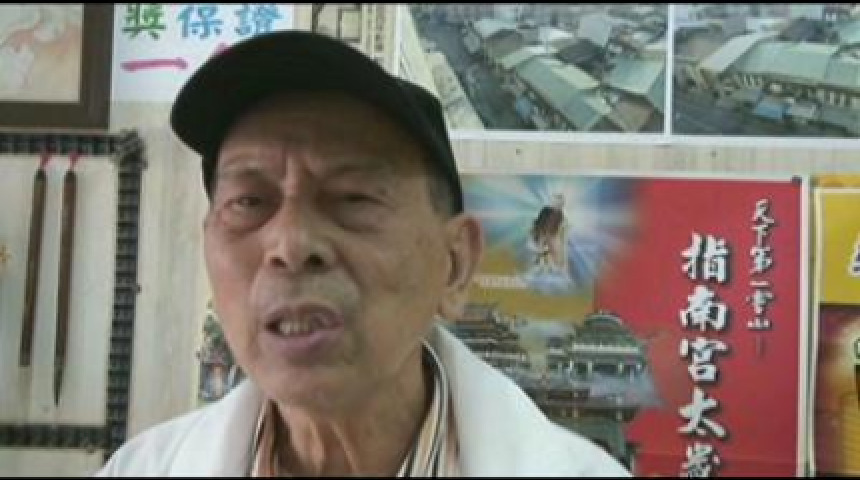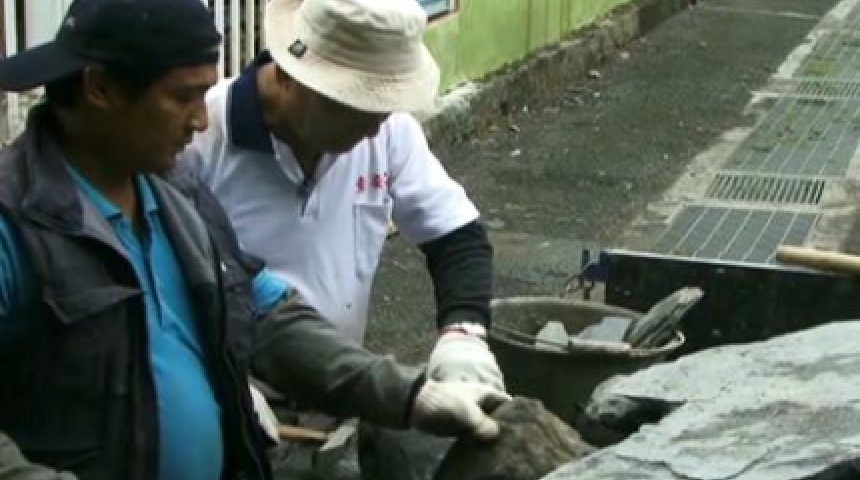KAOHSIUNG, Taiwan — For some of us, entering a vast sports stadium is always an anxious pleasure. Behind the electrifying anticipation of the game there’s the nagging feeling that every stadium contains the seeds of mass hysteria — that it can, in extreme times, become a place of terrifying intensity.

The World Games stadium in Kaohsiung, Taiwan, designed by Toyo Ito of Japan. The opening ceremony of the facility is on Thursday.
Blog

ArtsBeat
The latest on the arts, coverage of live events, critical reviews, multimedia extravaganzas and much more. Join the discussion.

The new stadium in Kaohsiung, Taiwan, designed by the Japanese architect Toyo Ito, features a flow from its outsize plaza to its indoor field. The site will hold this month’s World Games.
Designed by the Japanese architect Toyo Ito, the World Games’ main stadium, which will be unveiled at an opening ceremony here on Thursday, is shaped by a sensitivity to those conflicting sensations. It is not only magnetic architecture, it is also a remarkably humane environment, something you rarely find in a structure of this size.
The World Games, which have international sports competitions not included in the Olympics, don’t attract as much attention as those more famous games, and there has been considerably less buzz about Mr. Ito’s stadium than there was about the Bird’s Nest, the lavish Olympic Stadium by Herzog & de Meuron that opened in Beijing last year. Nor does it have the same symbolic ambitions.
Yet for those who have been privileged enough to see Mr. Ito’s creation, the experience is just as intoxicating. Clad in a band of interwoven white pipes, the structure resembles a python just beginning to coil around its prey, its tail tapering off to frame one side of an entry plaza. Unlike the Bird’s Nest it unfolds slowly to the visitor and is as much about connecting — physically and metaphorically — with the public spaces around it as it is about the intensity of a self-contained event.
The stadium, with more than 40,000 seats, is surrounded by a vast new public park, its grounds sprinkled with palm trees and tropical plants. Most of the trees are young, but in a few years, when they are fully grown, they should create the impression that the structure is being swallowed by a dense tropical forest. In essence the coiled form becomes a tool for weaving together opposing energies: the concentrated intensity of the stadium on the one hand, the plaza’s chaotic social exchanges on the other, the unruly forest all around. What brings the design to life is that Mr. Ito is able to convey this experience physically, not just visually.
Visitors arriving from downtown via public transportation, for example, walk down a broad boulevard before turning into the plaza. From there the stadium’s tail, which houses ticket windows and restaurants, guides them toward the entry gates. The plaza itself gently swells up to meet that area. Once inside, the surface drops down suddenly, transforming into a sloping patch of lawn that looks over the field. Mr. Ito imagines that during many events the lawn will be open to the public, letting visitors drift in and out without buying a ticket.
As people move deeper into





回應文章建議規則: